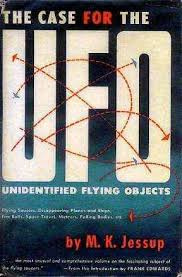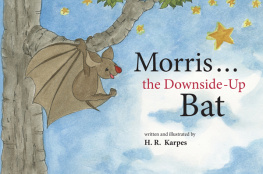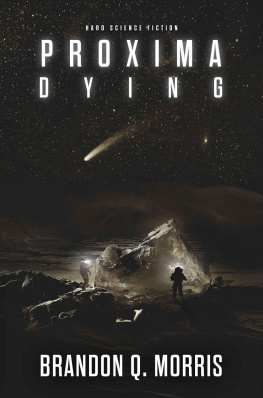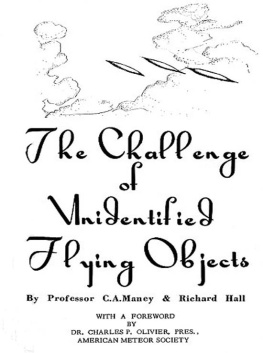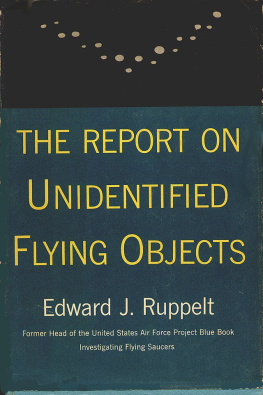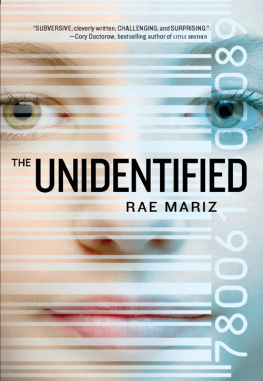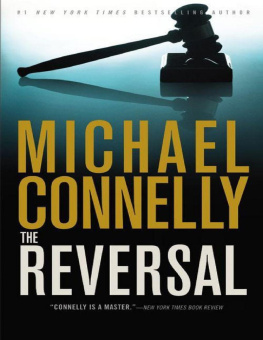PREFACE
On the evening of April 20, 1959, an astronomer committed suicide in Dade County Park, Florida. Inhaling automobile exhaust fumes, which he had introduced from the tail pipe through a hose into his station wagon, he died in the same academic obscurity in which he had lived, unheralded and almost unrecognized in his discipline.
Ironically, the scientists only public recognition had come from lay people, who had read his series of four books about unidentified flying objects.
Morris K. Jessups first book, The Case For the UFO, had tended to alienate him from his colleagues, though it came and went with relatively few sales. Its publisher sold it off to second-hand bookstores at $1.00 each. Today it brings $25.00 or better per copy, if you can find one.
It was a paperback edition of the same book, published in 1955 by Bantam Books that enmeshed Jessup in one of the most bizarre mysteries in UFO history. An annotated reprint of the paperback was laboriously typed out on offset stencils and printed in a very small run by a Garland, Texas manufacturing company which produced equipment for the military.
Each page was run through the small office duplicator twice, once with black ink for the regular text of the book, then once again with red ink, the latter reproducing the mysterious annotations by three men, who may have been gypsies, hoaxters, or space people living among men. The spiral bound 8 X 11 volume, containing more that 200 pages, became known as The Annotated Edition. The reprint quickly became legend. A few civilian UFO enthusiasts claimed to have seen copies, and it was rumored that a few close associates of the late Mr. Jessup possessed copies. Many people claimed it simply had never existed.
Because you are now holding a virtually exact facsimile of The Annotated Edition in your hands, it is most obvious that the book existed. But the big mystery still remains: why did a Government contractor go to so much trouble to reprint a book that had been rejected by the scientific community, and further to include mysterious letters to the author and even more bizarre annotations? And with this mystery goes the suspicion that the book may have been printed by the manufacturer at the request of the military, which implies Government interest in some of the weirdest aspects of Flying Saucer study.
Jessups Background
Not much detail is known of Jessups life before he emerged as one of the early writers on UFOs, mainly because nobody has taken the trouble to do the needed research. Probably the most that Ufology knows about him prior to his involvement with flying saucers is contained on the jacket flap of his first book.
He is described as having been an instructor in astronomy and mathematics at the University of Michigan and Drake University. The Jacket copy also notes that Jessup completed his thesis for the doctorate degree in astro-physics at the University of Michigan, though it does not state whether on not he was awarded the actual degree. In the academic business, usually the thesis is the thing that comes last, and is the final step in the awarding of the doctorate degree.
Sometimes these doctoral candidates are deferentially called Doctor by their associates, though it cannot be used officially by them. This would seem to be the case of Jessup, who was often addressed as Dr. Jessup, but who never used the title in correspondence, nor on the covers or title pages of his four books. Very likely Jessup was never actually awarded the degree.
Apparently, his thesis consisted of a report on his research program which (again according to the book jacket) resulted in several thousand discoveries of physical double-stars which are now catalogued in the Memoirs of the Royal Astronomical Society of London.
The short biography also lists other important research activities by Jessup. It indicates that he was assigned by the United State Department of Agriculture to study the sources of crude rubber in the headwaters of the Amazon, though no date is given. He made archeological studies of the Maya in the jungles of Central America for the Carnegie Institute of Washington.
Without identifying the source of sponsorship or financing, the jacket states that he explored Inca ruins in Peru, and concluded that the stonework he found there had been erected by the levitating power of space ships in antediluvian times. Also:
Mr. Jessups latest explorations have taken him to the high plateau of Mexico where he has discovered an extensive group of craters. They are as large as, and similar to, the mysterious lunar craters Linne and Hyginus N, and he believes them to have been made by objects from space. They are presently under study by means of aerial photography and the study will be ready for publication in approximately eighteen months.
Apparently the further exploration of the craters was never carried out. According to James W. Moseley, former publisher of Saucer News, Jessup sought university, foundation and private sponsorship of the project, but was unsuccessful in gaining sufficient interest and funds.
The Allende Letters
The mystery of the annotated paperback edition of The Case for the UFO was preceded by a series of strange letters from Carlos Miguel Allende addressed to Jessup. Two of these, reproduced as part of the Annotated Edition, appear in the following pages. The letters claimed that as a result of a strange experiment at sea utilizing principles of Einsteins Unified Field Theory, a destroyer and all its crew became invisible during October, 1943.
The Field was effective in an oblate spheroidal shape, Allende wrote. He added that any person within that sphere became vague in form, and that as a result of the experiment some of the crew went insane. Further horrifying aspects of the alleged experiment are detailed in the two letters (See Appendix).
The Allende letters became connected with The Annotated Edition when the Varo Manufacturing Company evidently got in touch with Jessup in regard to the latter.
Varos unusual involvement in the mystery began a few months after February 1956, In April of that year Admiral N. Furth, Chief of the Office of Naval Research, Washington D.C., received a manila envelope postmarked Seminole, a small town in Texas. Written across its face was the notation Happy Easter. When Furth opened the envelope he found a copy of the Jessup paperback. We are not certain of Furths reactions, but we can assume that he thumbed through the book and that his interest was piqued by a series of notes, interjections, underscorings, etc., in three colors of ink, apparently written by three different people. Only the name of one of the authors of the annotations appeared in the notes, that of Jemi.
The paperback had apparently been passed through the hands of the strange annotators several times. This conclusion could be drawn from the fact that the notes indicated discussions between two or all three of the men, with questions answered, and places where parts of a note had been marked through, underlined, or added to by one or both of the other men. Some had been deleted by marking through.
The notes had a tone of absolute weirdness. Sometimes they agreed with Jessups original text; sometimes they contradicted it, as they referred to two types of people living in space. They specified two habitats for the space people: underseas, and what they termed the stasis neutral, the latter term apparently in agreement with Jessups exposition on points of neutral gravity in space.
They mentioned the building of undersea cities and identified two groups of spacemen, L-Ms and S-Ms. The L-Ms were designated as peaceful, the S-Ms as sinister.

